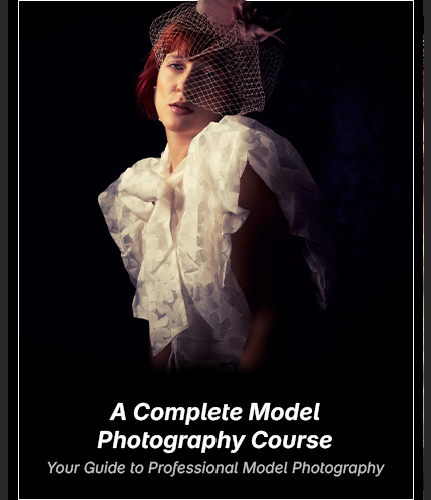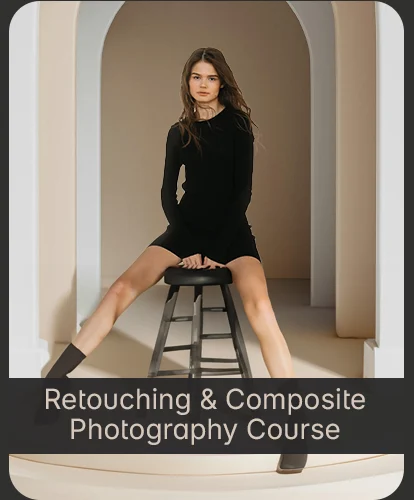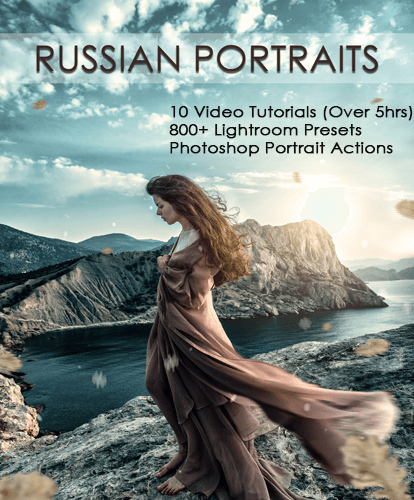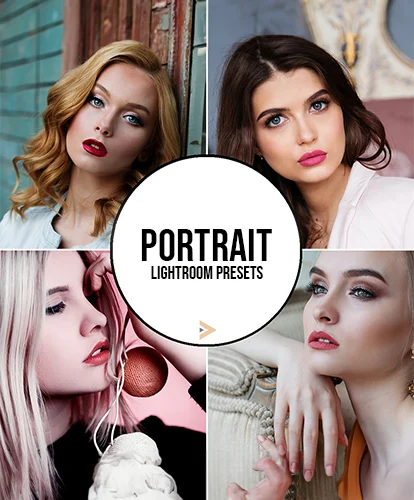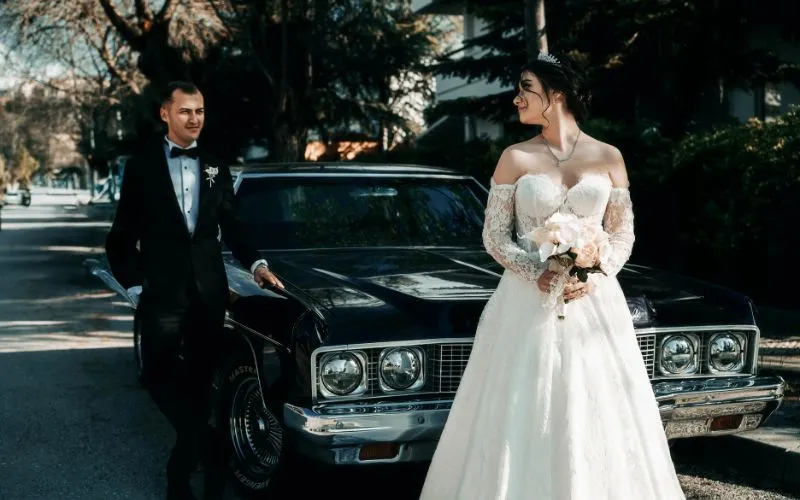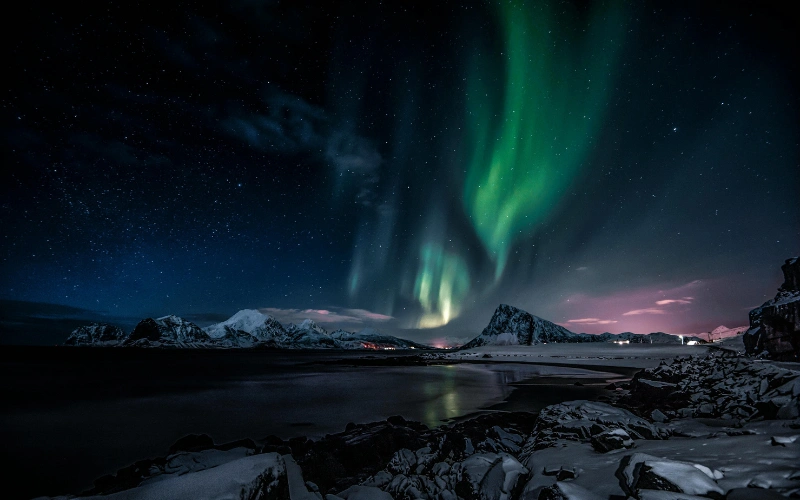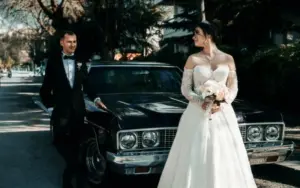Don Giannatti is more than a photographer; he’s a storyteller, teacher, and mentor whose impact spans decades. With a career rooted in both fine art and commercial photography, Don has built a legacy around his subject-centric lighting philosophy and a passion for helping photographers find their creative voice.
His work blends technical precision with emotional depth, and his teachings have inspired thousands to approach photography with both curiosity and intention.
In this conversation, Don opens up about his journey, his thoughts on the evolving photography landscape, and why lighting isn’t just about technique, it’s about vision. Whether you’re a beginner or a seasoned pro, his insights offer both inspiration and practical advice that can reshape how you view your craft.
1. Don, you’ve had a long and successful career in photography. What inspired you to pick up a camera in the first place?
Ans: My dad was a photographer/writer, and I loved his darkroom. Later, in my teens, it was a hobby. I was playing in a jazz-rock band and on tour when I picked up a camera again and used it to give me something to do between gigs.
Surprisingly, none of the hotels we were staying at were excited about me practicing in the rooms. I took the camera out and discovered the world of the still image.
Check out: Top 12 Photo Restoration Software To Try In 2025
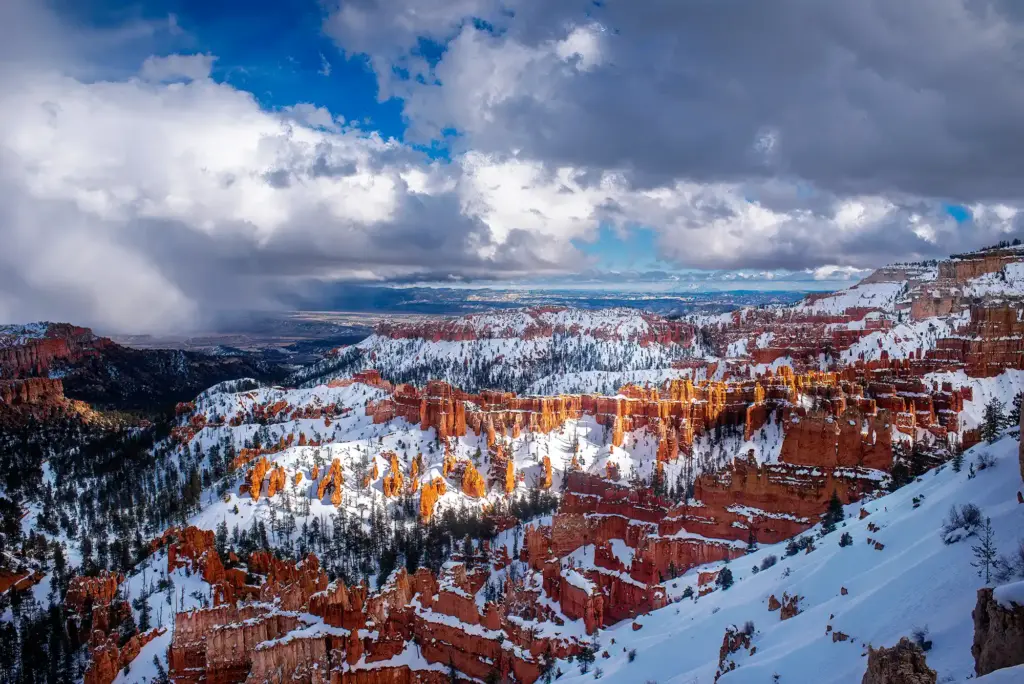
2. How has your creative process evolved since your early days in the industry?
Ans: I have slipped in and out of so many roles in my 50+ years of being a professional creative. In the early years, I shot mainly fashion and beauty, with a studio in NYC, and occasionally in CHI. Eventually I settled down to have a family and work in the Phoenix area.
This necessitated being more of a commercial shooter, and that was what I did for about ten years. From a small acorn of design services, I grew it into the third largest ad agency in Phoenix, and spent more time in meetings than behind the camera.
My approach to photography has always been client-focused. The right shot for the client’s needs. It is how I developed a million-dollar agency from a second bedroom, and it is how I approach nearly every project.
These days, my approach is to find allegory and metaphor in the world. Sometimes the stories I tell with the camera are apparent, and sometimes they are more personal and introspective. I plan, sketch, and create with deliberateness and attention. I also happily shoot everything I see as a way of discovering my place in this world. It depends on the circumstances.
Overall, I take fewer images these days, and have developed a sense of calm if I decide to not shoot something that has no promise. (I don’t recommend that to my students, preferring to tell them to shoot every damn thing.) But after 60 years, I have become more discerning.
Check out: What Is Time Lapse Photography & How To Shoot It
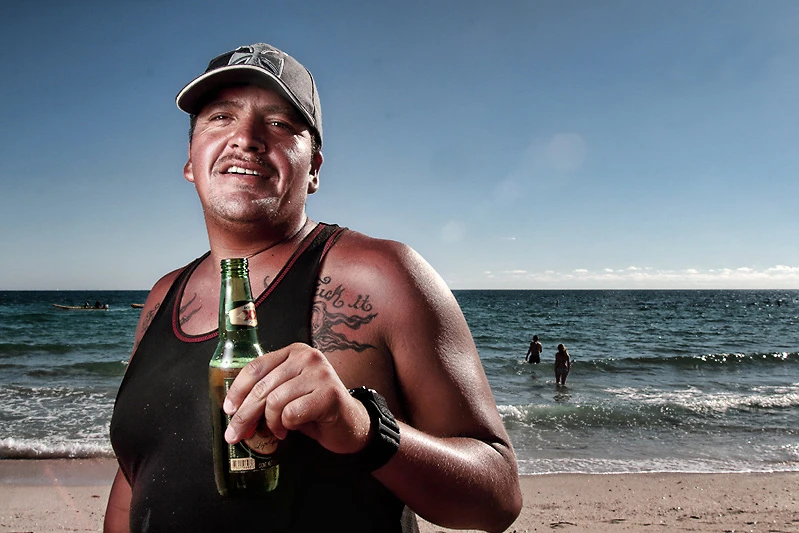
3. You’ve taught thousands of photographers over the years. What teaching moment stands out most in your memory?
Ans: I love it when I hear back from photographers that my voice rings in their ears and saves their bacon. I don’t teach hard techniques; I teach how to figure out the problem and execute the solution. I teach self-discipline that lets them create the images they need to satisfy the challenge.
Watching a photographer figure something out for the first time and instantly put it to work in their photography is always enjoyable for me.
Lastly, I absolutely love when one of my students goes on to greater heights than I achieved. The role of the master is to become the pupil of his student.
Also read: Inspiring Photography Interviews : Insights & Stories From Top Photographers
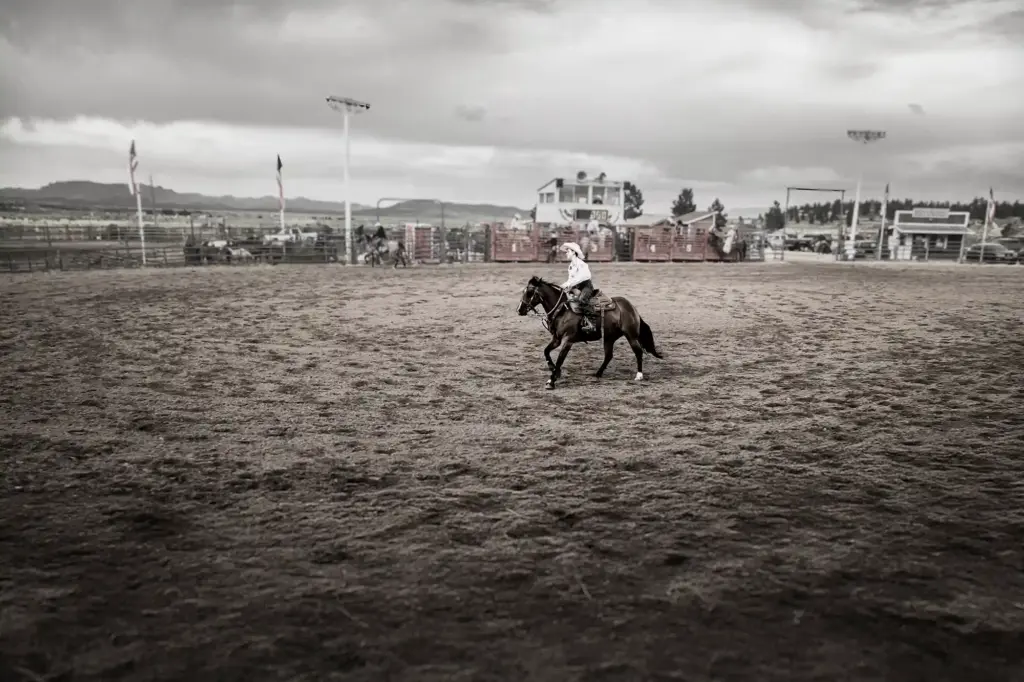
4. Your work often blends clean commercial style with storytelling. How would you define your photographic style today?
Ans: A bit looser, a bit more in the moment. I am shooting more like I did when I first picked up the camera all those years ago. I don’t self-censor, I try to push the idea as far as I can, and I try to say something beyond the image itself. Whether I am shooting with a retro P&S, or with film, or with a DSLR, I want the image to generate a response, a visceral response, to the image.
Check out: 25 Key Photography Tips For Spectacular Shots
5. What role does intuition play in your creative decisions, whether in lighting, composition, or client direction?
Ans: Intuition is everything. You can plan and sketch and plan some more, but you have to know that something magical happens on the edges when you are in the moment. I allow those moments to lead me to something I hadn’t thought of, or missed due to a too stringent plan. So I build that into my plans, that intuition, or whimsy that comes from somewhere magical.
Check out: Top 7 Most Expensive Cameras In The World

6. You emphasize the importance of ‘seeing light’, how can beginners train their eye for light the way you have?
Ans: Well, I had the advantage of working with cameras that forced you to see and think more deliberately about the light we were using. No digital backs, we instead had Polaroids. And they were expensive. Going into a shoot like so many do in these digital times – shooting, check the screen, adjust, shoot again, adjust… would have driven us to the poorhouse pretty quickly.
Here’s what I did. Before every exposure, I would guess the aperture. Usually, the shutter speed was dictated by the setting, so the aperture setting was the thing I focused on. Guess, write it down, shoot, and meter.
Note how far off the guess was and try to do better. When I was shooting every day, I could note the exposure within a half stop. The same practice can work today. Guess the aperture, then see how close you were. You can learn to nail it, you really can.
I would also do that with ratios, backlight, kickers… everything I used. The guesses started without context, but when you use the gear every day, it starts to become a part of your process, your way of seeing.
The other part of seeing light is understanding what makes it special. From edge lighting to delicate fill, to soft edges vs sharp, sculpting the light and knowing what it will do on a given surface is the most important thing I ever learned. I studied with Dean Collins, who was a master of light. I teach a method similar to his, and have found that once the photographer begins thinking about the reflection aspects of the subjects, their lighting takes a huge leap. It’s called “subject centric light”.
Check out: 12 Famous Landscape Photographers Who Shaped The Genre
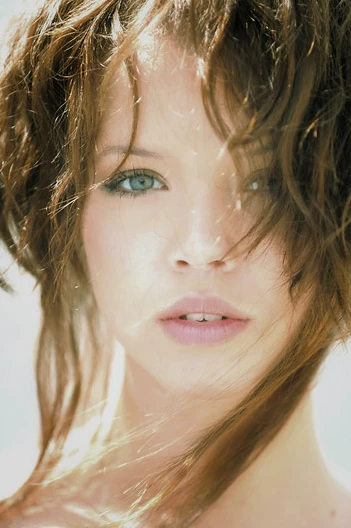
7. Many photographers struggle with pricing. What’s the most common mistake you see, and how should they fix it?
Ans: Thinking they are selling a commodity. They do those silly “ROI” calculators designed to figure out a price for a commodity – like a can of peas – then try to base their pricing on a number that has absolutely no correlation to the work they are doing.
- Price the value of the job. If you don’t know, get educated by doing some research. A headshot for a model’s portfolio is cheaper than the same headshot for a major cosmetic company. Duh.
- Stop undercharging because you’re new. If the image is worth being used by the client, it is worth the value you place on it.
- Stop feeling icky about money. Just stop it. If you are not a businessperson who believes they have a right to profit from your abilities, photography is NOT your game.
- Overestimating the needs of the client. I see far too many photographers try to bill for work that is not worth their bid. They do it because they have not researched the market, the value of the work, or the clients they are working for.
Check out: 11 Iconic 90s Photoshoot Poses For Retro Shots
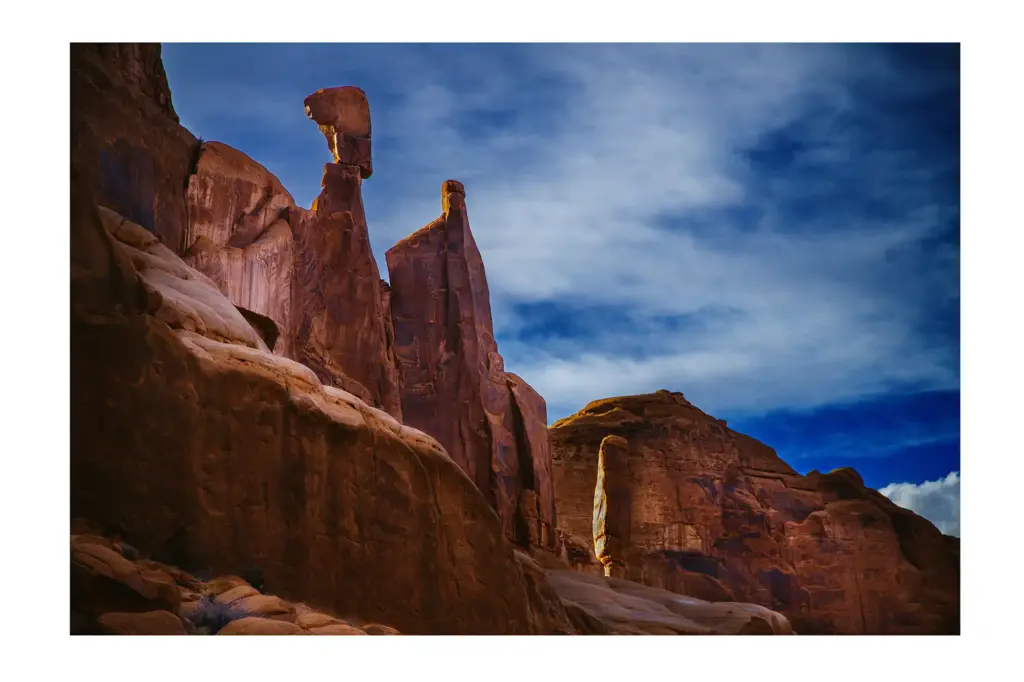
8. How can a new photographer stand out in today’s crowded online space?
Ans: Used to be we had a business card, a phone, a portfolio, and gas in the car. Those days are no longer with us. Today, a photographer must be a marketer first and a photographer a close second. Sorry to be the bearer of that news, but that is exactly what is happening.
My mantra is, “Three Contacts Per Day” – five days a week. A contact is an email, a phone call, a direct mail piece, or a newsletter. Monday through Friday. Like clockwork.
It’s a numbers game. A pure numbers game. You must see more people today than we did back in the 80s. Somehow. Instagram, Facebook, TikTok, Flickr… useless without a baseline marketing system. I hear photographers saying “well, email doesn’t work…” And I know what that means. They sent an email and didn’t get a response. Maybe they sent a second one.
After you send the 20th email to your target, you can complain. You have to focus on the long game. Short term thinking is over. This is a long-haul business, not a “well, I gave it a month, so now I am off to bag groceries at Kroger” game.
Check out: A Beginner’s Guide to the Indispensable Exposure Triangle
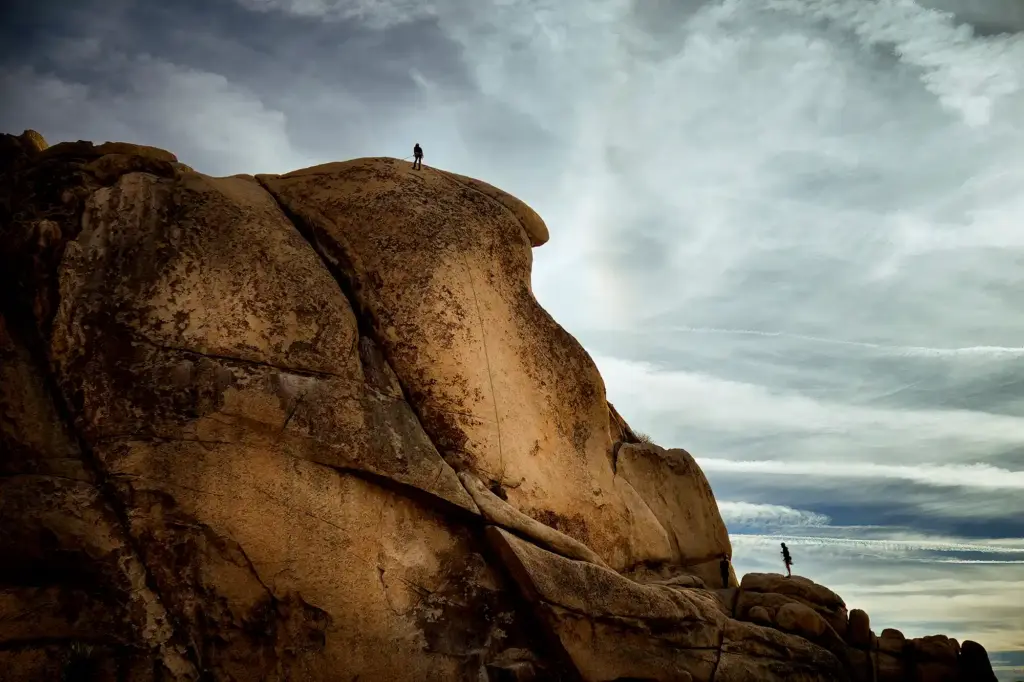
9. You transitioned from client-based work to teaching and mentoring. What triggered that shift, and was it difficult?
Ans: Not difficult, painful. I threw my back out so bad I could not hold a camera for about 6 months. In that time, we decided to give up the studio, and I concentrated on getting healthy again. The studio was ridiculously expensive (and huge) and I was not doing that much studio work, so it was the right thing.
I still shoot for a few clients on occasion, but I prefer to work with clients who need design, art direction, and marketing strategy as well as photography.
The days I miss are from the 80s. Shooting seven days a week, travel, models, late hours, big clients, bigger paychecks, caffeine and moe caffeine, staying up all night to get the snip-tests early in the morning….damn, those were heady days.
But now I am making images for me. A return to environments, and when my studio is finished, I will be diving back into stilllife. We are building a home in the desert, and I will have my own space on the property.
Also read: 7 Creative Shadow Photography Ideas: Tips & Examples
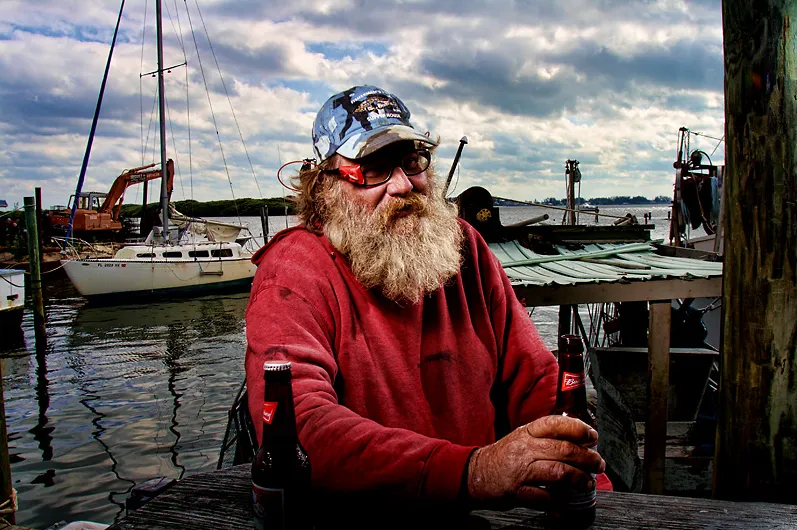
10. Can you walk us through your typical workflow for a commercial shoot, from concept to delivery?
Ans: First thing to do: research your client.
What do they do?
Where do they market?
What is their mission?
Meet with the Creative Director or Art Director and working with the concept.
What do they want?
When do they want it?
What kind of budget do they have?
Is this a shoot that is right for me?
Am I right for them?
Lookbook/mood boards if it is a large job, written ideas if it is not.
Make note of who will be the person to approve the shots.
Work up a bid. (My bids contain all my contract needs as well as a breakdown of what we have agreed to do.)
Shoot. Process. Deliver. Of course, this is a big job we are talking about, but that is the ideal way. As a former Creative Director, I am often asked to art direct the work as well as shoot it, so that saves me a lot of telephone time as I just have sit and talk to myself.
Also read: What is Aesthetic Photography | Elements, Tips & Examples
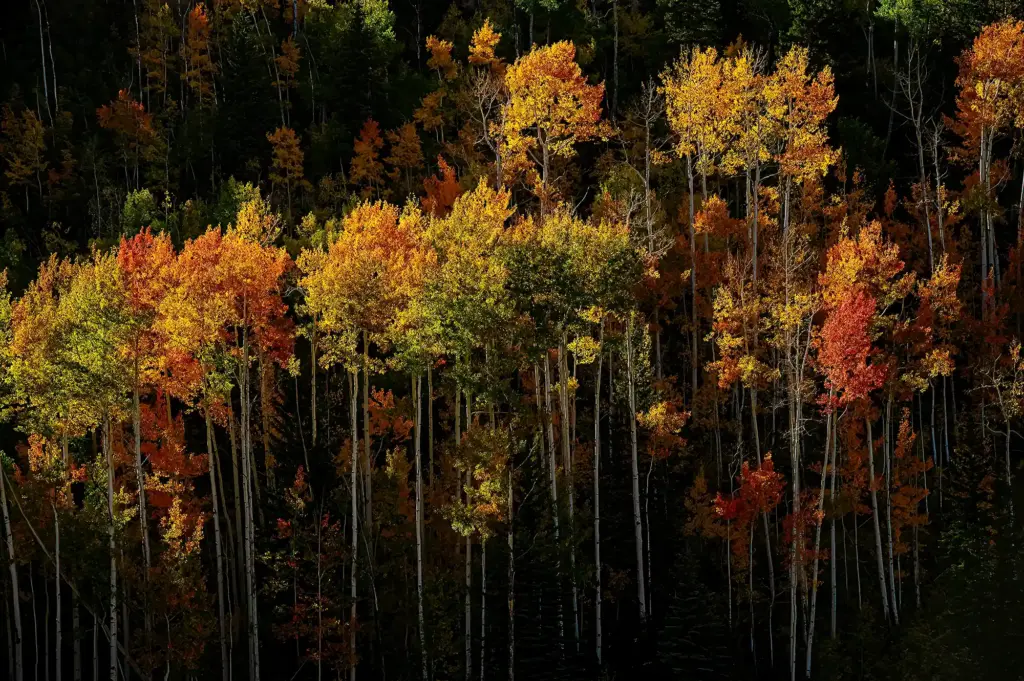
11. What’s the biggest mindset shift you try to instill in your students?
Ans: First, most photographers shoot for themselves, and that’s fine. However, when you are a commercial photographer, you shoot for someone else. Yes, you bring your style, your aesthetic, your artistic view of the assignment, but in the end, you have to deliver what the client NEEDS.
Second, you have more to offer than just photographs.
Bring your ideas forth, let your love of color or design speak.
Clients want, no, actually they need, your visual expertise.
Become the master of their visual domain.
Check out: 15+ Famous Black Photographers Making Impact In The World Through Their Lens!
12. You’ve created online courses, workshops, and written books. Which medium do you enjoy teaching through the most and why?
Ans: I only do live courses and training. I have not, at this point, done any courses that are downloaded videos and such. This is excepting the two CreativeLIVE courses I did, but they were for that company.
I really enjoy the book process. I love it in fact.
But working with photographers in small groups (like Project 52) or my mentorship program is the most rewarding. The immediacy of a ZOOM call, with the ability to hash out problems, ideas, and portfolio critiques, is the most fun. Working with dedicated professionals and sharing in their triumphs is a blast.
Also read: 12 Best Podcasts For Photographers To Listen In 2025

13. What’s one misconception students have about professional photography that you often have to correct?
Ans: Mostly that photographers need two Lamborghinis. I have found that one Lambo, and one Rolls-Royce are quite sufficient for most shooters.
(Sorry, couldn’t help it… too much time on YouTube watching scamtographers.)
The number one misconception is usually around gear. Too many photographers think that they have to have the best and latest cameras, nothing less than Broncolor, and a big, coved, studio to be a pro. And that is just wrong.
Some food photographers I know have a camera and a lens, some window light, a table, and a computer. You need only the gear you NEED. The second misconception is that they will be shooting every day, and that the rest of the time they can sit around and look “arty.”
Photographers must spend the majority of their non-shooting time on marketing. If you aren’t focused on marketing, you should get ready to make fries at McDonalds, and even that is going to be taken over by some cyborg with Tesla on it’s ass.
Marketing includes making images for the portfolio, working on personal projects, meeting people, helping small businesses, becoming visible, and letting every breathing person know what you do.
Check out: What is Balance in Photography? Learn the Basics That Make Photos Work
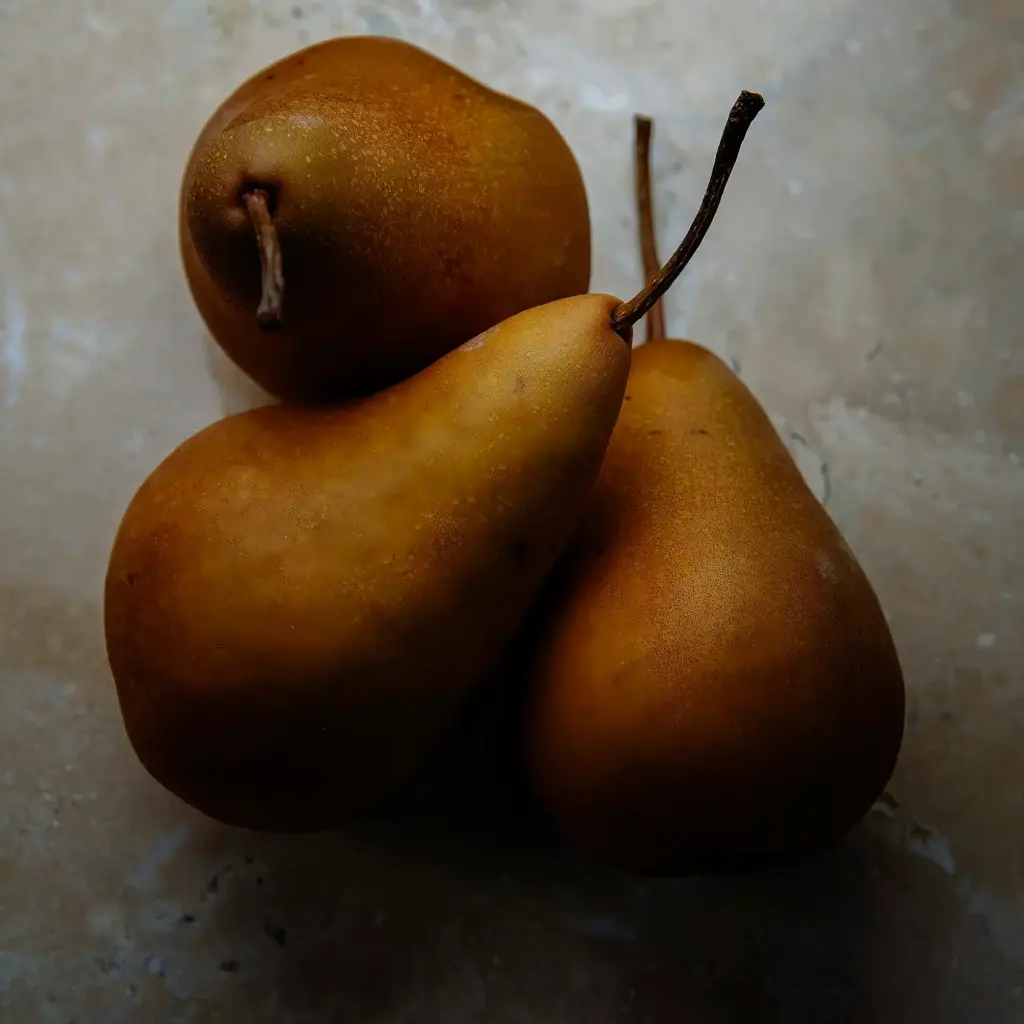
14. Is there a particular photo or project you’re especially proud of? What makes it memorable?
Ans: Most of my favorite images are those I have taken for totally personal reasons. I love the books I have done, and always prefer the recent ones. My favorite project is usually the one I am working on at the time.
Also read: Top 40 Photography Guides, eBooks & PDFs to Sharpen Your Skills
15. Have there been moments when failure taught you more than success? Could you share an example?
Ans: Heh. I just wrote a Substack on this very question. I believe failing is the only way to become successful. In fact, you gotta get good at failing before you suck at success. When you are starting out, failure is your co-pilot. Now, if your co-pilot is a suicidal maniac who cannot control themselves, then we have a bigger problem than failure.

I will quote one of the examples I used for my Substack.
The “Fun” Gig That Got Away
I was on a go-see with my book. The art director was into it. She brought in the creative director, who liked my work as well.
“I’m in,” I thought to myself, barely holding back a Cheshire grin.
They began talking about a specific campaign and how I might fit.
Yeah, that’s me, baby, rockstar!!!
Then came the question: “Why do you think you’re the right one to shoot this?”
I smiled. I said something like:
“Honestly, I think it would be a lot of fun — and I know I’d do a good job.”
Silence. Smiles all around.
Friendly smiles, but flat.
And just like that, the conversation died, and I left.
I didn’t get the job.
Here’s what I had to understand: clients aren’t hiring me for my enthusiasm, although enthusiasm is good.
They’re hiring me to solve a problem.
I should have discussed how I’d manage talent, work with their team, and convey their brand emotion through the models, styling, and the shoot. Maybe talk a little bit about how I had done this before, and what I can bring to the shoot.
Instead, I made it about me having a good time.
Lesson: Clients don’t care if it’s fun for you.
They want to know if you’ll nail it for them.
Check out: 15 Easy iPhone Photography Tips Every Beginner Should Know
Conclusion: A Legacy Lit with Intention
Don Giannatti’s journey reminds us that photography is not just about gear, lighting setups, or trendy edits, it’s about connection, purpose, and storytelling. His subject-centric approach pushes us to think beyond the surface and focus on the emotional weight of every frame.
Whether he’s mentoring aspiring photographers or sharing hard-earned truths about the industry, Don remains committed to elevating the craft with honesty and heart.
If there’s one takeaway from this conversation, it’s this: photography is a lifelong pursuit, and the best images often come from those who are willing to see with both their eyes and their soul.
If you find this interview helpful, check out more:


